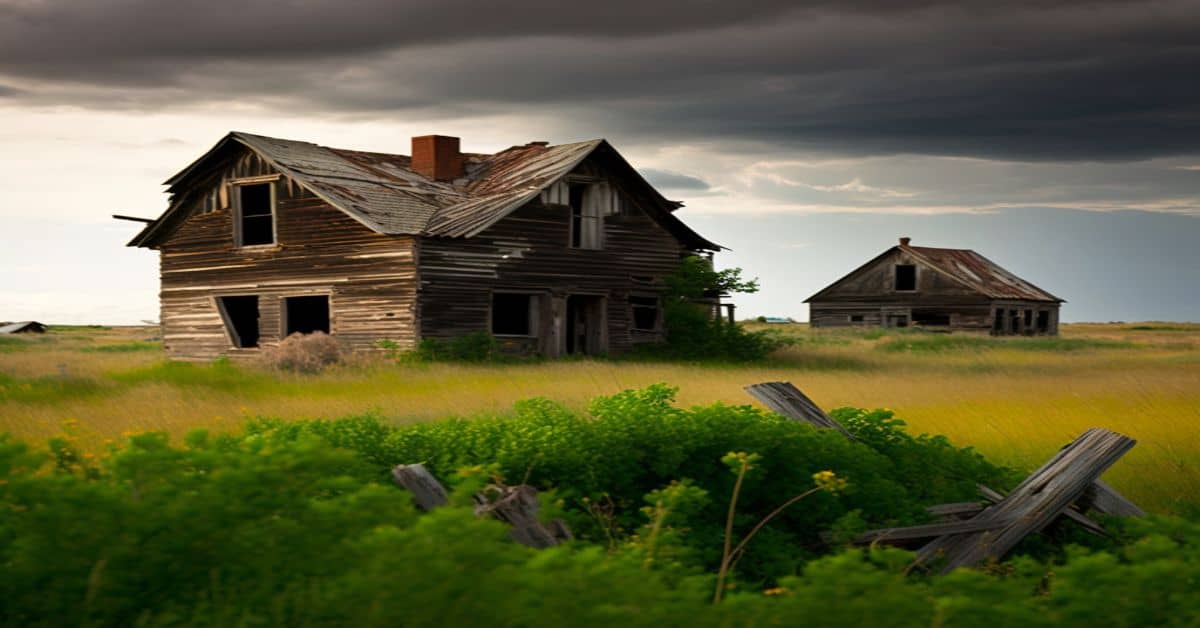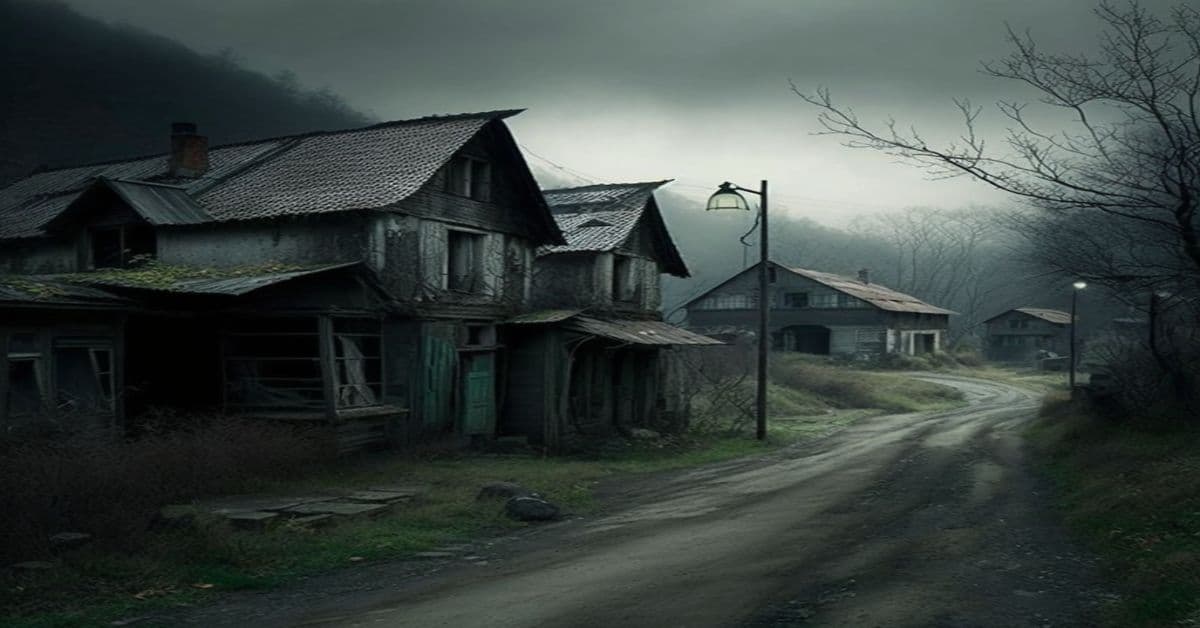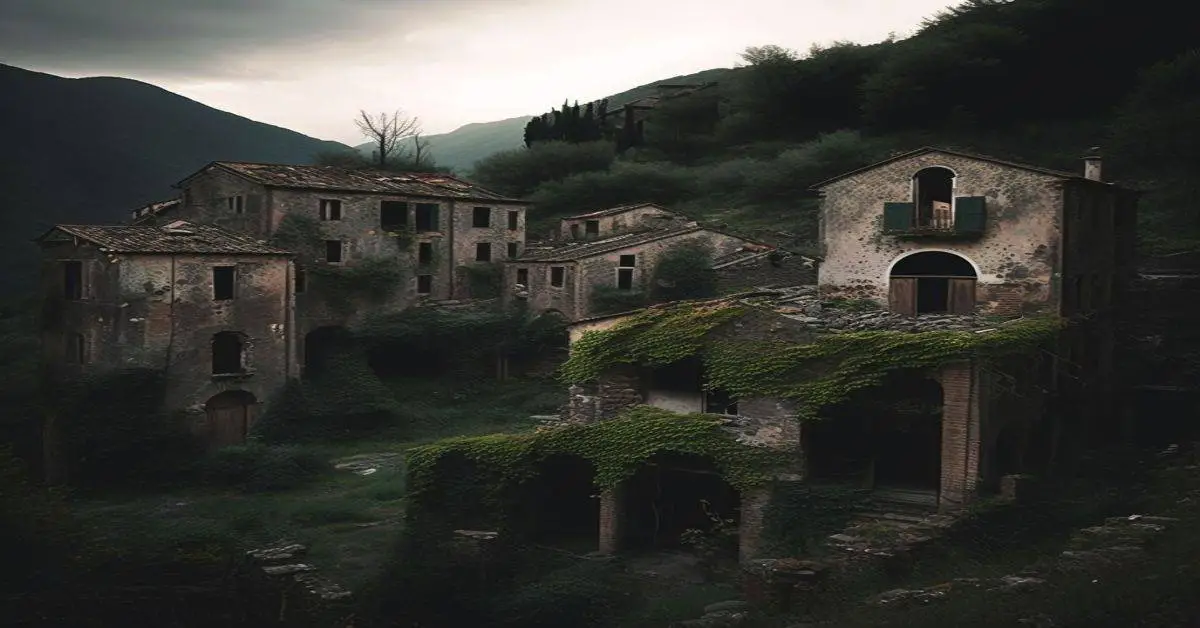It is often said that the ghosts of the past continue to haunt the present, and nowhere is this more evident than in the small, forgotten town of Baker’s Bay. Located in Pacific County, Washington, this once-thriving community now lies abandoned, its streets and buildings eerily silent and empty.
Yet, despite its desolate appearance, Baker’s Bay is rich in history and significance, a testament to the trials and tribulations of those who once called it home.
As visitors wander through the ruins of this ghost town, they cannot help but feel a sense of awe and wonder at the stories that these crumbling walls and forgotten streets have to tell. From the tragic shipwreck of the bark Isabella to the Chinook Indian village that once stood at its base, Baker’s Bay is where the past comes alive, where the ghosts of history continue to whisper in the ears of the living.
Join us as we delve into the fascinating history of Baker’s Bay, and discover the secrets that this Washington ghost town still holds.
Key Takeaways
- Baker’s Bay is an abandoned town in Pacific County, Washington, with a tragic history.
- The town is now part of Fort Columbia State Park, which was built for the strategic defense of the Columbia.
- Conservation efforts are being made to preserve the natural habitat of Baker’s Bay, which remains an important part of the region’s cultural heritage.
- Visitors can explore the ruins of the ghost town and learn about the area’s history, including the shipwreck of the bark Isabella and the Chinook Indian village that once stood there.
History and Origins
The history and origins of Baker’s Bay, also known as Chinookville, can be traced back to James Scarborough’s settlement in the area. Scarborough, who took a homestead on the bluff where the Isabella foundered, planted a grove of fruit and hawthorn trees on the homestead.
He married an Indian woman and acquired a donation land claim of 640 acres. Scarborough had a deep compassion for skippers trying to enter the Columbia, and his presence in the area was significant in the early days of the settlement.
The Chinook Indian village at the base of Scarborough Head was also significant in the history of Baker’s Bay. The village was home to 300 to 400 natives and played a role in the area’s early settlement. Scarborough Head, with its white blossoms visible for many miles on the lower river, was another important feature of the area.
Understanding the origins and significance of Baker’s Bay is key to appreciating its history as a ghost town.
Notable Residents
Interestingly, the individuals who once inhabited Baker’s Bay or Chinookville, now known as a ghost town, include notable residents such as James Scarborough and the Chinook Indian village.
Scarborough took a homestead on the bluff where the Isabella foundered and planted a grove of fruit and hawthorn trees on the homestead. He married an Indian woman and acquired a donation land claim of 640 acres. Scarborough had a deep compassion for skippers trying to enter the Columbia. He was also the second mate on the Isabella when it washed up on the sands while attempting to navigate the sand pits and shoals to cross the bar into the river’s mouth. All hands made shore to watch the Isabella be pounded to kindling.
The Chinook Indian village was located at the base of Scarborough Head. It was home to 300 to 400 natives and was a significant settlement. Scarborough Head was known for its white blossoms that could be seen for many miles on the lower river.
These notable residents played an important role in the history and origins of Baker’s Bay or Chinookville, which is now a remnant of the past.
Current Status and Location
Baker’s Bay or Chinookville, a former settlement of notable residents, now exists as a ghost town located in Pacific County. The town is accessible by 2WD roads and has a cool climate throughout the year.
The area is now home to Fort Columbia, a state park built in 1864 for strategic defense of the Columbia. After the end of World War II, Fort Columbia was converted into a state park and now serves as a popular recreational area for visitors.
The environmental impact of the area remains a concern for conservationists. The site of the former settlement is now part of the state park, and efforts are being made to preserve the area’s natural habitat. Visitors are urged to take care when exploring the park and to respect the environment by properly staying on designated trails and disposing of waste.
Despite its ghost town status, Baker’s Bay remains an important part of the region’s history, and the state park serves as a reminder of the area’s rich cultural heritage.
Frequently Asked Questions
What was the main industry or economic activity in Baker’s Bay or Chinookville during its heyday?
The main industry in Baker’s Bay or Chinookville during its heyday is unclear. Notable events include James Scarborough’s homestead, the Chinook Indian village, the Isabella’s wreck, and the Fort Columbia’s establishment.
Were there any notable or infamous events or incidents in Baker’s Bay or Chinookville?
Haunted stories and famous residents do not appear to be associated with Baker’s Bay or Chinookville. However, the abandoned buildings and location on the water make it a potential spot for urban exploration.
What is the area’s current population, and are there any plans for development or revitalization?
The current population of Baker’s Bay or Chinookville is unknown. There are no current plans for development or revitalization in the area. The lack of population growth and development may be due to its status as a ghost town.
What is the accessibility like for visitors to Fort Columbia and other historical sites?
Accessibility to Fort Columbia and other historical sites in Baker’s Bay may present challenges for visitors due to the area’s remote location and lack of tourist amenities. However, the sites remain open for exploration and offer a unique glimpse into the area’s rich history.
Are any local legends or folklore associated with Baker’s Bay or Chinookville?
Local legends and folklore surround Baker’s Bay and Chinookville, with tales of mysterious happenings and supernatural beliefs. Some have reported the area’s haunted tales and paranormal activity, adding to its eerie reputation.


